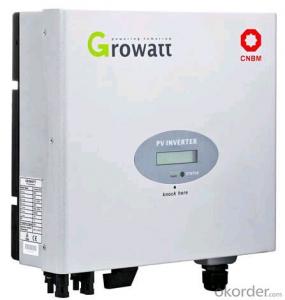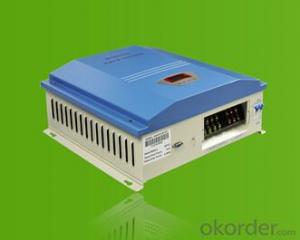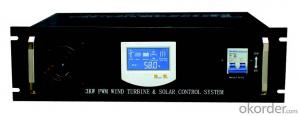1kw Solar Hybrid Inverter
1kw Solar Hybrid Inverter Related Searches
Home Power Inverter For Solar Solar Power Inverter For House Inverter For Solar Power Plant Inverter For Off Grid Solar High Power Solar Inverter Cost Of Solar Power Inverter Solar Power Inverter System Power Inverter Solar Panel Best Off-Grid Solar Inverter Best Off Grid Solar InverterHot Searches
Solar With Inverter Price Solar Inverter With 2 Battery Solar Inverter With Ac Outlet China Hybrid Solar Inverter Solar Inverter Hybrid Price Hybrid Solar Inverter Price Solar Inverter 1kw Price 1kw Solar Inverter Price Solar Inverter Hybrid 10kw Solar Inverter Hybrid Tesla Hybrid Solar Inverter Type Of Inverter For Solar Types Of Inverter For Solar Used Solar Inverter For Sale Inverter Size For Solar System Solar Edge Inverter For Sale 5kw Solar Inverter For Sale Solar Inverter For Sale Solar Inverter For Battery Solar Inverter For Split Ac1kw Solar Hybrid Inverter Supplier & Manufacturer from China
Okorder.com is a professional 1kw Solar Hybrid Inverter supplier & manufacturer, offers integrated one-stop services including real-time quoting and online cargo tracking. We are funded by CNBM Group, a Fortune 500 enterprise and the largest 1kw Solar Hybrid Inverter firm in China.Hot Products
FAQ
- Yes, a solar inverter can be used in three-phase systems. Three-phase systems are commonly used in industrial and commercial applications, and solar inverters are available in both single-phase and three-phase configurations to accommodate these systems. The three-phase solar inverter converts the direct current (DC) generated by the solar panels into alternating current (AC) that is compatible with the three-phase power grid.
- The role of a cooling system in a solar inverter is to regulate and maintain the operating temperature of the inverter's internal components. This is crucial as solar inverters generate heat during the conversion of DC power from solar panels into AC power for use in homes or businesses. The cooling system helps dissipate this heat, preventing overheating and ensuring the inverter operates efficiently and reliably.
- A solar inverter ensures safety during maintenance by having various safety features and protocols in place. These may include automatic shutdown mechanisms that disconnect the inverter from the grid and solar panels, preventing any electrical current flow. In addition, many inverters have built-in monitoring systems that provide real-time information on voltage, current, and temperature, alerting maintenance personnel of any potential hazards. Proper labeling and clear instructions are also provided to ensure safe handling and maintenance procedures.
- The potential risks of overheating a solar inverter include reduced efficiency and performance, increased wear and tear on components, shortened lifespan of the inverter, potential damage to internal circuitry, and even the risk of fire.
- Yes, a solar inverter can be used with solar-powered ventilation systems. A solar inverter is responsible for converting the direct current (DC) produced by solar panels into alternating current (AC) that can be used to power various electrical devices, including ventilation systems. By connecting the solar panels to a solar inverter, the generated solar energy can be efficiently utilized to operate the ventilation system, ensuring a sustainable and eco-friendly ventilation solution.
- When choosing the right output voltage for a solar inverter, it is crucial to consider the specific requirements of the electrical appliances or systems that will be powered by the inverter. The output voltage must match the voltage requirements of the devices to ensure compatibility and efficient operation. Additionally, the local electrical grid standards and regulations should be taken into account, as certain regions may have specific voltage requirements. It is advisable to consult with a professional or an electrician who can assess the specific needs and provide guidance in selecting the appropriate output voltage for the solar inverter.
- The role of a solar inverter in a solar-powered remote monitoring system is to convert the direct current (DC) electricity generated by the solar panels into alternating current (AC) electricity that can be used to power the monitoring system. It also ensures that the electricity generated matches the requirements of the monitoring equipment, regulates the voltage, and assists in efficient power transmission and distribution.
- Yes, a solar inverter can be used with different tracking algorithms. Solar inverters are designed to convert the direct current (DC) produced by solar panels into alternating current (AC) that can be used to power electrical devices. The tracking algorithm is responsible for optimizing the solar panel's position to maximize energy generation. Different tracking algorithms, such as fixed tilt, single-axis, or dual-axis tracking, can be implemented with a solar inverter to adapt to different solar panel orientations and environmental conditions.












































